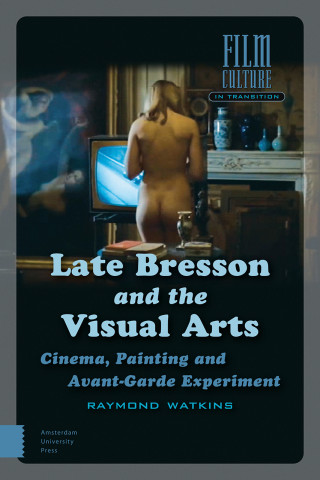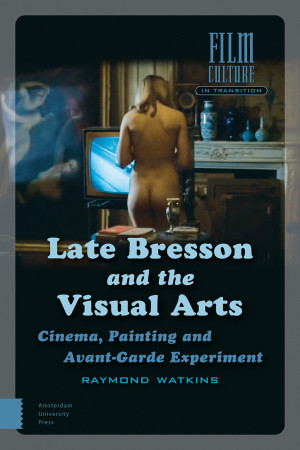Critics have largely neglected the colour films of French film director Robert Bresson (1901—99). To correct that oversight, this study
presents a revised and revitalised Bresson, comparing his style to innovations in abstract painting after World War II, exploring his
affinities with such avant-garde traditions as surrealism, constructivism, and minimalism, and illustrating how his embodied style leads
to a complex form of intermediality. Through that analysis, Raymond Watkins shows clearly that Bresson still has a good deal to teach us about cinema’s distinctive ability to draw on painting, photography, sculpture, and the plastic arts in general.

